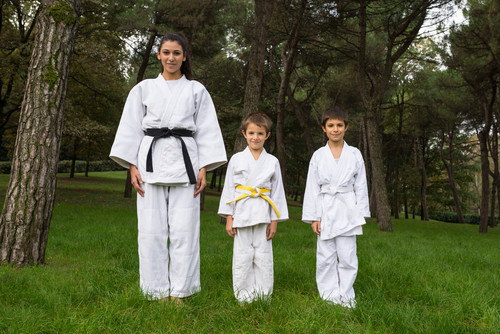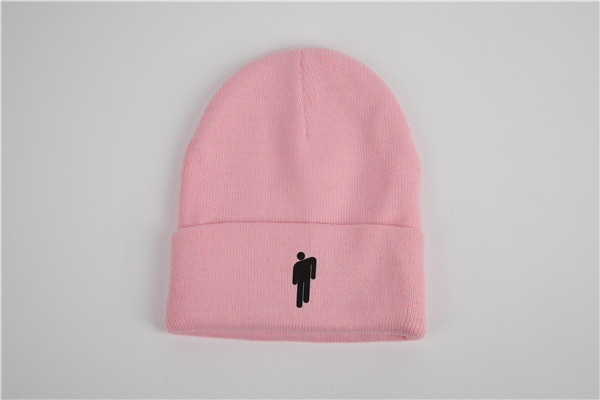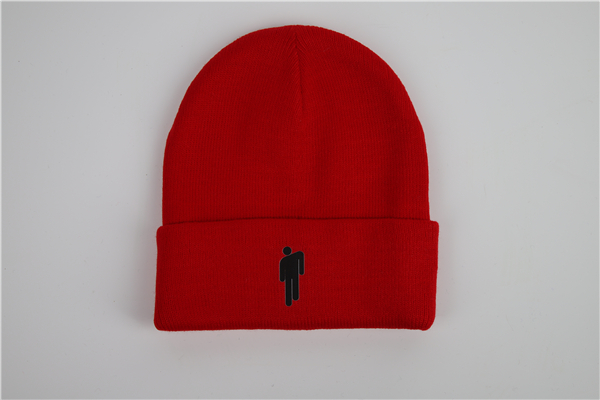What Material Are judo Belts Made Of
Judo belts are a symbolic indicator of skill and expertise in the art of judo. Judo belts are an important part of the martial art, and come in several colors, each one indicating different levels of expertise. But what material is used to make judo belts?
Most traditional judo belt designs are made with thick cotton material that has been dyed black or white. The thicker material makes them durable enough for practice and competition matches. Some higher-end designs use silk which is both lightweight and long-lasting, making them ideal for advanced-level practitioners who compete regularly. Most manufacturers also offer custom sizes so that anyone can get the perfect fit for their waist size without having to worry about it coming loose during a match.
The traditional judo belt is made from cotton fabric that has been dyed a specific color depending on each individual's rank. The color combinations range from white for beginners to black for expert level competitors. The dyeing process uses natural ingredients such as leaves and bark, ensuring no harmful chemicals are used and creating a more eco-friendly product than synthetic materials such as nylon or polyester. In addition to the traditional cotton material, some judo belts may also be made from hemp or linen fibers which provide a stronger hold and less fraying than cotton fabrics.

Grade classification of judo Belts
Judo belts are the traditional way of classifying martial arts practitioners by skill level. The belt ranking system is used in judo, karate, taekwondo and other forms of martial arts to indicate the level of experience and mastery a practitioner has achieved. In judo specifically, there are 6 belt grades that signify graduation from one stage to another as a student advances their skills.
The 6 grades in judo consist of white, yellow, orange, green, blue and brown belts. The white belt is generally seen as the first step for beginners who have no prior knowledge or experience with martial arts. Continuing on this path requires dedication and hard work which will be rewarded with subsequent belts when demonstrated progress has been made.
Features of judo Belts
Judo belts are a unique and integral part of the sport. They provide both visual distinction and a way to measure progress within the judo community. For those just starting in judo, understanding the features of judo belts can help you to understand the progression within this martial art.
Most practitioners of Judo will begin with a white belt, which signifies that they are novices in their skill level. As they progress through judo, colored belts may be awarded to mark more advanced levels of proficiency and skill. The official colors used in these belts are yellow, orange, green, blue and brown. These colors signify an individual’s rank or belt level as they advance through the sport’s ranks from novice to expert status.
The first grade is the white belt. This represents a beginner’s level in judo and is often given to those just starting out on their journey into this martial art. As students progress, they will move onto yellow, orange, green and then blue belts in order to demonstrate their understanding of technique and skill. Once a student has achieved blue status they can begin to work towards the coveted black belt which signifies mastery over the sport.

Cost and Price of Judo Belts
Judo belts are an important part of the martial art. They not only signify a practitioner's rank in judo, but also represent their commitment and dedication to the sport. With there being a range of different colors and sizes, it is important to understand both the cost and price of judo belts before making a purchase.
The cost of judo belts can vary greatly, depending on factors such as brand quality, material type, size, color preference and whether or not customization is desired. Generally speaking though, most basic quality cotton judo belts will cost between $15 - $20 per belt. It is also possible to purchase low-cost bulk orders if buying for an entire class or dojo.
Daily Cleaning of Judo Belts
Daily cleaning of Judo belts is an essential part of martial arts training. Not only do clean judo belts ensure hygiene and safety, but they also reflect the commitment and respect that a judoka has to the martial art. Daily cleaning of Judo belts keeps them looking fresh and vibrant while also preserving their quality.
The most important step in daily cleaning of Judo belts is to get rid of any dirt or sweat before it has time to settle into the fibers. After training, lay out your belt on a flat surface and use a soft brush to gently remove any debris from its surface. Once the belt is free from dirt, it's important to hand wash it with gentle soap and warm water then hang dry afterwards for best results. Avoid using machines for washing or drying as this can cause damage to the fabric over time.
Keeping judo belts clean and in top condition is an important part of judo practice. To ensure your belt stays in good shape, it's important to give it a daily cleaning. Start by shaking it out to remove any dirt and dust particles. Then, use a damp cloth or sponge with a mild detergent to gently wipe down the entire length of the belt. Once you're done, allow the belt to air dry completely before folding or storing it away. Taking just a few minutes each day for this simple cleaning routine will help keep your judo belt looking great for years to come!
Tips for Buying Judo Belts
1. Begin by researching different brands of judo belts in order to find the best quality available.
2. Consider the price, longevity, and material when comparing different belts.
3. Buy a belt that has been made with durable material such as cotton or leather.
4. Look for a belt with a strong stitching to ensure it will last for many years of training.
5. Determine the proper size for your belt based on your height, waist size, and weight.
6. Choose a belt in a color that reflects your rank and skill level in Judo.
7. Make sure that you can tie the belt securely and comfortably around your waist so that it doesn't slip or come undone during practice or tournaments.
8. Finally, consider buying a belt from an authorized seller to ensure you are getting an authentic product with the highest quality materials available.

China judo Belts Supplier
My name is Nextop&GA and I’ve always dreamed about creating a better clothes and accessosories line
Give a personal touch to everything you do, introduce yourself as an owner, tell about your passion which brought you where you are and made your brand happen. You can easily replace the signature with your own.

Established in 2004, which is specialized in designing and manufacturing garment accessories like hats, scarves, gloves, bags,wallets, socks,slippers, ect.We have advanced equipment and strong technical force to provide you latest fashion styles,also accept customize and welcome OEM&ODM. After more than 10 years experience, we have devoted to provide competitive and excellent products for you with better service. Now we are cooperating with Walmart, Target,Coppel,Terrnova... Hope we can also establish good business relations and achieve win-win solutions!


 English
>
English
>
 Russian
Russian
 French
French
 Portuguese
Portuguese
 Spanish
Spanish
 Japanese
Japanese
 Korean
Korean
 Polish
Polish












